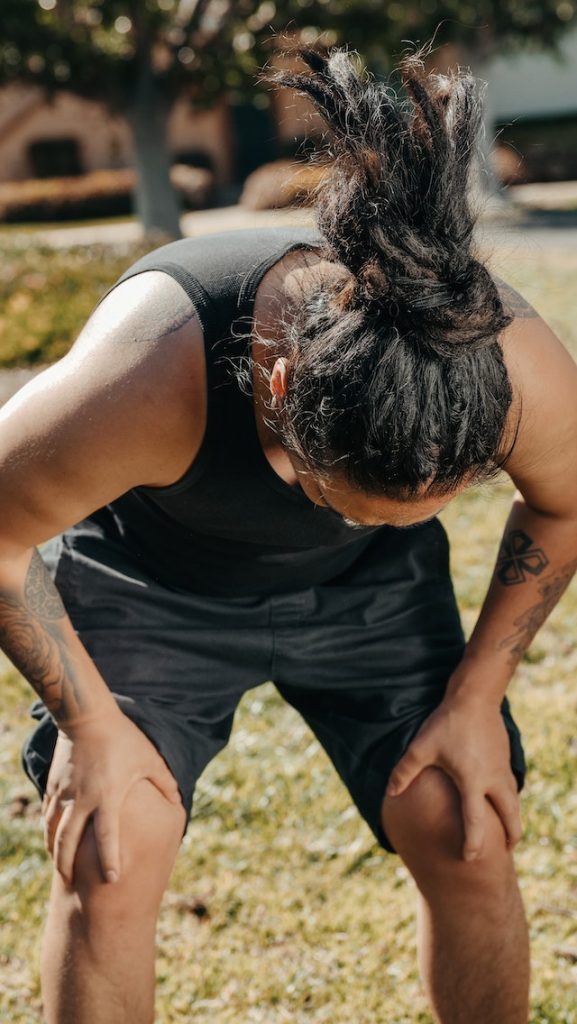
Guide to Recovering from a Knee Replacement Surgery
Knee replacement surgery is used to help restore movement in individuals that have severe damage in their knee joint. This can also help alleviate pain and improve their quality of life. But there are certain steps you need to do after the surgery to make sure your recovery is successful.
You will be required to spend some days in the hospital after orthopaedic surgery Melbourne so that your condition can be monitored. Your progress will be monitored by medical professionals and if you are experiencing pain after surgery, they will also come up with a pain management system. There will be some basic exercises that you will have to start with and this will be carried out under the supervision of a medical professional. There are medications prescribed to you after the surgery and if you are feeling any pain or other effects, you need to make sure the healthcare team handling your case is notified so that they can take steps to alleviate it. You will generally experience a bit of discomfort and pain after the surgery and this will be managed using pain medications, compression wraps and ice packs. You will also be required to elevate your leg so that the swelling can do down. The pain and swelling will reduce over a few days.

Once you have been discharged from the hospital,
The next stage in your recovery begins which is physical therapy and rehabilitation. There will be a physical therapist that you will need to work with and the rehabilitation programme will be tailored to your needs. Some of the goals for this stage will be improving your flexibility, movement and strength. You will need to listen to your therapist’s instructions carefully so that you follow the right techniques. Progress can be slow but make sure that you are doing what the therapist has specified. As you progress, the physical therapy programme will be modified to keep you on your path to improvement. This requires a lot of mental strength as well because you have to stay motivated and dedicated to following the physical therapy programme.

And with time and healing, you will need to start putting weight on the leg.
You will not be able to walk on your own devices right after surgery. You’ll have to rely on a walking aid such as crutches or a walker and when you build up your strength gradually, you can start moving to a cane. The trick is to be consistent in your recovery programme. And with time you will be able to improve your mobility and walk longer distances. You will be advised by the medical staff at the hospital about how to take care of the incision area. This has to be kept clean and dry. You need to know what signs to look for if it gets infected. This will be when there is drainage, redness or swelling in the area. You will need to inform your healthcare provider immediately if you notice these signs.





-
Tagged KS